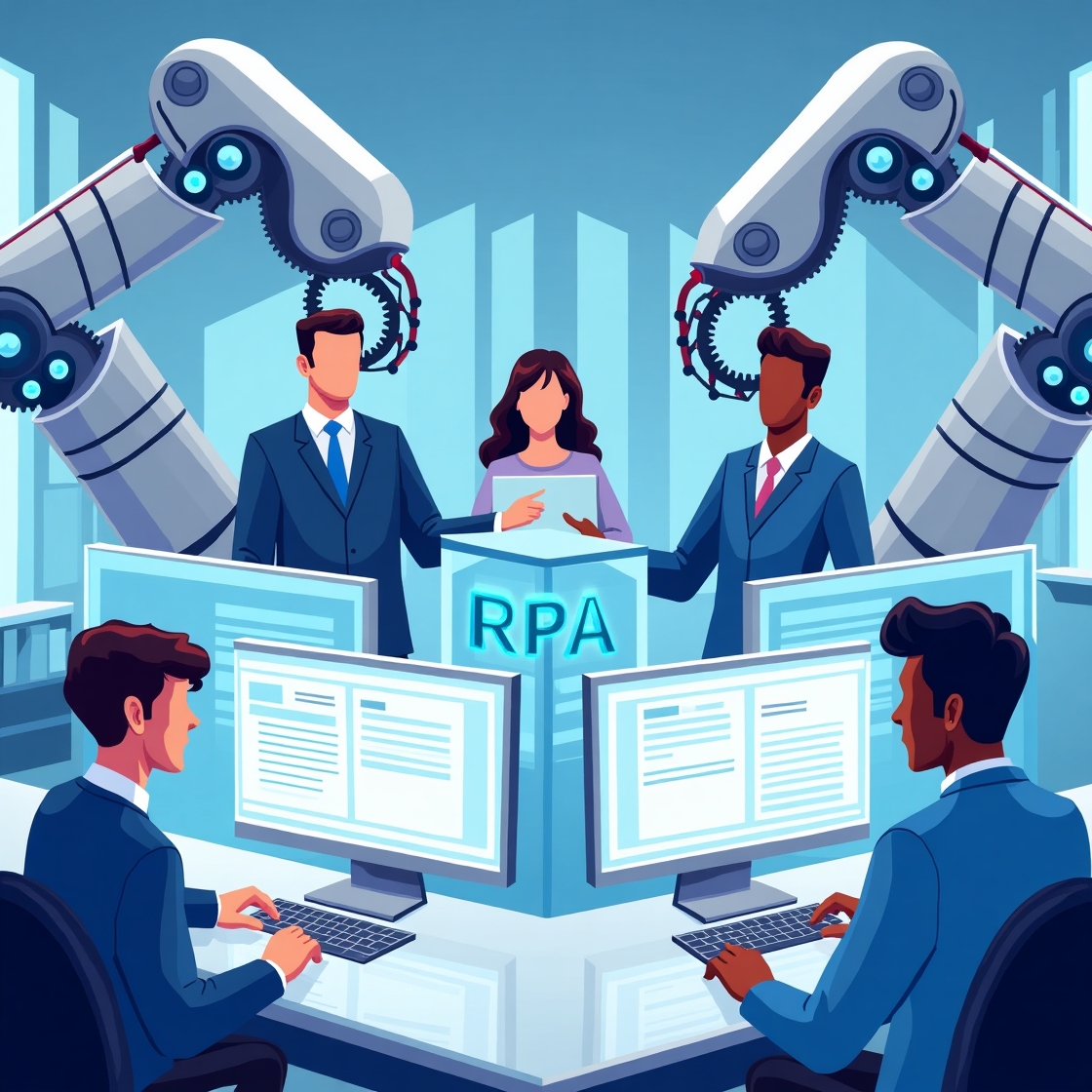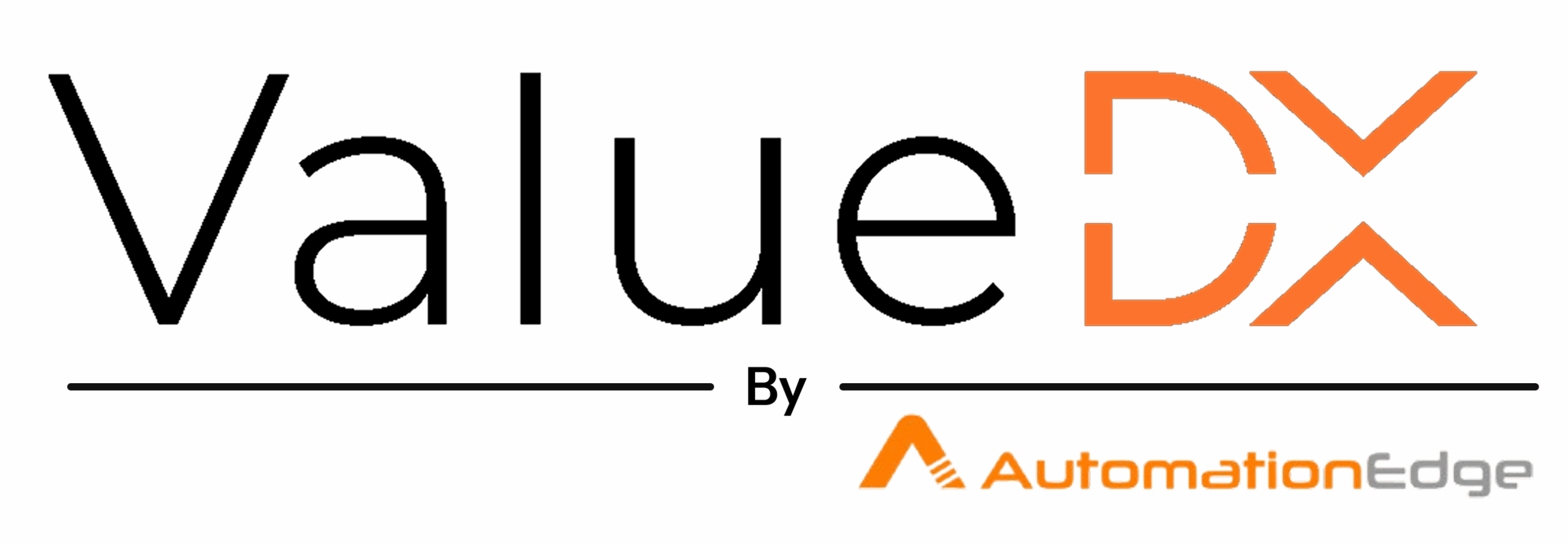
By Director of Automation Solutions at ValueDX Technologies
In today’s rapidly evolving technological landscape, staying competitive means continuously evaluating and upgrading your automation infrastructure. As organizations that adopted Robotic Process Automation (RPA) in its early days now face aging systems, the question isn’t whether to migrate to next-generation platforms, but how to justify the investment to leadership teams focused on bottom-line results.
At ValueDX, we’ve guided numerous enterprises through successful RPA migrations across finance, healthcare, and manufacturing sectors. Through these experiences, I’ve identified proven strategies to build a compelling business case that resonates with C-suite executives who may initially view migration as an unnecessary expense rather than a strategic investment.
The Hidden Costs of Outdated RPA Infrastructure
Before diving into justification strategies, it’s important to understand what’s at stake. Legacy RPA platforms typically suffer from:
- Increasing maintenance costs as vendor support diminishes
- Compatibility issues with modern applications and cloud environments
- Limited scalability when attempting to expand automation initiatives
- Security vulnerabilities from outdated components and protocols
- Skills gaps as talent gravitates toward newer technologies
One manufacturing client we worked with was spending nearly 70% of their automation budget maintaining legacy bots that frequently broke with each system update. This “automation debt” was slowly draining resources that could have been invested in innovation.
Building Your Business Case: Five Key Justification Approaches
1. Calculate Total Cost of Ownership (TCO)
Leadership teams respond to comprehensive financial analyses that extend beyond upfront costs. Develop a 3-year TCO comparison between:
- Maintaining current platforms (including rising license fees, maintenance fees, customization costs, and integration workarounds)
- Migration costs (implementation, training, and temporary parallel running)
- Projected TCO of the new platform (licenses, maintenance, support)
Pro Tip: Include “hidden costs” like internal IT support time, downtime losses, and security incident remediation in your current state assessment.
For a mid-sized financial services client, we documented a 42% TCO reduction over three years despite substantial initial migration costs. This long-term view transformed the conversation from “expensive migration” to “cost-saving initiative.”
2. Quantify Business Process Improvements
Next-generation RPA platforms offer significant advantages in processing speed, accuracy, and capability. Quantify these improvements by:
- Measuring current process completion times and error rates
- Calculating the financial impact of these inefficiencies (rework costs, compliance penalties, customer churn)
- Projecting improvements based on benchmark data from new platforms
A healthcare provider we supported documented potential annual savings of ₹3.2 crore (approximately $380,000) by reducing claims processing errors through AI-enhanced RPA, which could detect subtle documentation issues that their legacy system missed.
3. Highlight New Capabilities and Revenue Opportunities
Modern RPA platforms extend far beyond simple task automation, incorporating:
- AI and machine learning for intelligent document processing
- Natural language processing for enhanced customer interactions
- Process mining for continuous improvement
- Low-code/no-code interfaces that democratize automation
Frame these capabilities not just as technical improvements but as business enablers that open new revenue streams or market opportunities.
For example, an insurance client leveraged AI-enhanced document processing to reduce new policy processing time from 24 hours to 30 minutes, allowing them to offer same-day coverage that became a significant competitive advantage and increased new policy revenue by 18%.
4. Create a Risk Avoidance Narrative
Risk mitigation resonates strongly with leadership teams. Document specific risks of maintaining status quo:
- Vendor viability concerns as some legacy providers reduce support
- Compliance risks from systems that can’t adapt to changing regulations
- Competitive disadvantage as rivals adopt more advanced solutions
- Workforce challenges as automation expertise shifts to newer platforms
A financial services client we worked with faced a regulatory deadline requiring enhanced audit trails that their legacy RPA couldn’t provide. The potential non-compliance penalties alone justified 80% of their migration costs.
5. Develop a Phased Migration Strategy
Rather than proposing a “big bang” migration that appears risky and expensive, present a phased approach that:
- Prioritizes high-value, high-visibility processes for initial migration
- Creates “quick wins” to build momentum and credibility
- Spreads costs across multiple budget cycles
- Allows for organizational learning and adjustment
We helped a manufacturing client implement a 16-month migration roadmap that generated positive ROI by month seven through strategically selecting initial processes with high maintenance costs and clear improvement potential.
Case Study: How ValueDX Transformed RPA for a Leading Indian Insurance Provider
To illustrate these principles in action, consider our work with a major insurance provider facing critical challenges with their five-year-old RPA implementation:
Initial Situation:
- 87 bots across claims processing, policy administration, and customer service
- 40% increase in maintenance costs over two years
- 22% of bots regularly fail after system updates
- Limited ability to process unstructured data in claims documents
Our Approach:
- Conducted a comprehensive automation estate assessment
- Developed a business case showing 3-year positive ROI despite migration costs
- Implemented a phased migration prioritizing high-value, high-maintenance processes
- Introduced AI capabilities for document processing in claims handling
Results:
- 65% reduction in bot maintenance requirements
- 41% improvement in straight-through processing for claims
- New capabilities for processing unstructured data reduced manual handling by 73%
- Payback period of 14 months, beating the initial projection of 18 months
Practical Tips for Presenting to Leadership
When presenting your migration business case:
- Speak their language: Frame technology investments in business outcomes, not technical specifications
- Address specific pain points: Tailor your justification to the known priorities of each executive stakeholder
- Provide options: Present multiple migration approaches with different cost/benefit profiles
- Include competitive intelligence: Document how competitors are leveraging next-generation automation
- Propose clear success metrics: Define how you’ll measure and report on migration success
Conclusion: Migration as Strategic Investment, Not Technical Upgrade
The most successful RPA migrations are positioned not as technology projects but as strategic business initiatives that happen to involve technology. By quantifying both the costs of inaction and the benefits of advancement, you transform the conversation from “Why spend money on new platforms?” to “How quickly can we realize these benefits?”
At ValueDX, we’ve repeatedly seen how proper framing and comprehensive business case development can turn skeptical leadership teams into migration champions. The key is moving beyond technical comparisons to demonstrate tangible business impact aligned with organizational priorities.
Remember that RPA migration isn’t just about catching up to current standards—it’s about positioning your organization for future innovation as the boundaries between traditional RPA, AI, and intelligent automation continue to blur.
Author: Gajanan Kulkarni

